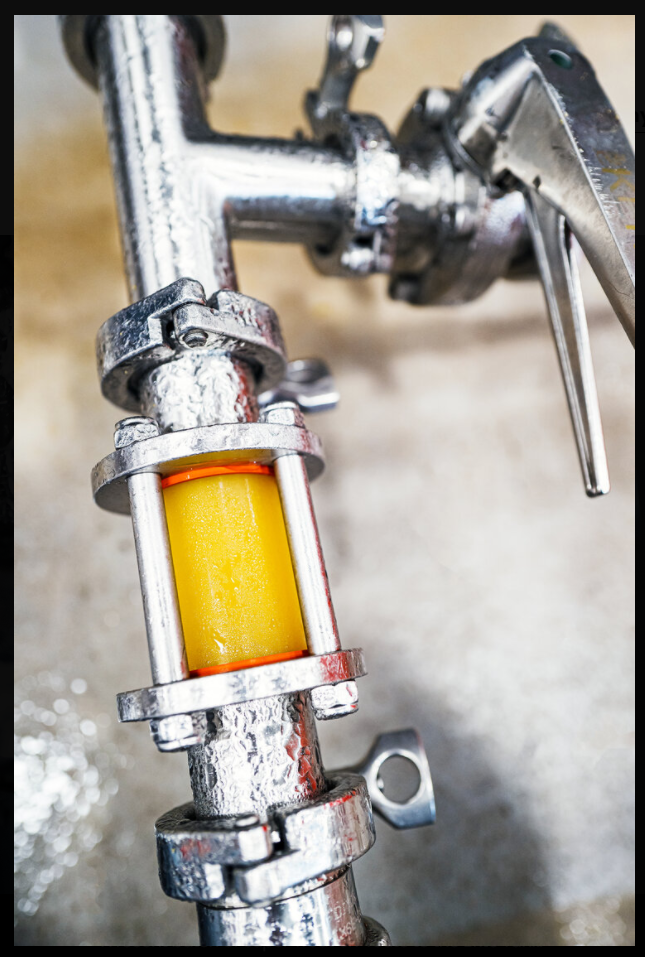troxerX
Well-Known Member
- Joined
- Feb 6, 2016
- Messages
- 172
- Reaction score
- 84
+1 for Munich - this BYO article (below) has some clues and supports both Munich and also Carafoam as well as a thicker, higher temp mash to land a better mouthfeel.
With Nate’s confirmation in 2017 that Treehouse is blending FV’s it should be sufficient to suspect that both ‘same beer’ and ‘different style’ beer blending are part of their strategy. Different style beer blending to produce the beers in the first place and same beer blending for batch to batch consistency. I could see Eureka being a single FV beer whereas all Julius variants and some other complex brews being multiple FVs (separate) styled batches being blended. And it all makes lots of sense - for increasing isoamyl acetate and other desired characteristics, its easier pitch the right yeast in the right wort and conditions to get the best results and then blend that with another batch containing another yeast also designed to maximize other contributions.
This strategy also makes sense at a large scale when it comes to risk management. Instead of putting all ingredients in one large wort, it is less risk to brew separate styled batches and then blend. If one of the individual batches turns out bad, only a portion needs to be discarded and re-brewed instead if having to drain an entire single batch. Furthermore, once all separate FVs are certified good by themselves to be ready for blending, the brewer is in full control of the final blended product as well.
https://byo.com/article/maximizing-mouthfeel-tips-from-the-pros/
With Nate’s confirmation in 2017 that Treehouse is blending FV’s it should be sufficient to suspect that both ‘same beer’ and ‘different style’ beer blending are part of their strategy. Different style beer blending to produce the beers in the first place and same beer blending for batch to batch consistency. I could see Eureka being a single FV beer whereas all Julius variants and some other complex brews being multiple FVs (separate) styled batches being blended. And it all makes lots of sense - for increasing isoamyl acetate and other desired characteristics, its easier pitch the right yeast in the right wort and conditions to get the best results and then blend that with another batch containing another yeast also designed to maximize other contributions.
This strategy also makes sense at a large scale when it comes to risk management. Instead of putting all ingredients in one large wort, it is less risk to brew separate styled batches and then blend. If one of the individual batches turns out bad, only a portion needs to be discarded and re-brewed instead if having to drain an entire single batch. Furthermore, once all separate FVs are certified good by themselves to be ready for blending, the brewer is in full control of the final blended product as well.
https://byo.com/article/maximizing-mouthfeel-tips-from-the-pros/

































![Craft A Brew - Safale S-04 Dry Yeast - Fermentis - English Ale Dry Yeast - For English and American Ales and Hard Apple Ciders - Ingredients for Home Brewing - Beer Making Supplies - [1 Pack]](https://m.media-amazon.com/images/I/41fVGNh6JfL._SL500_.jpg)


























